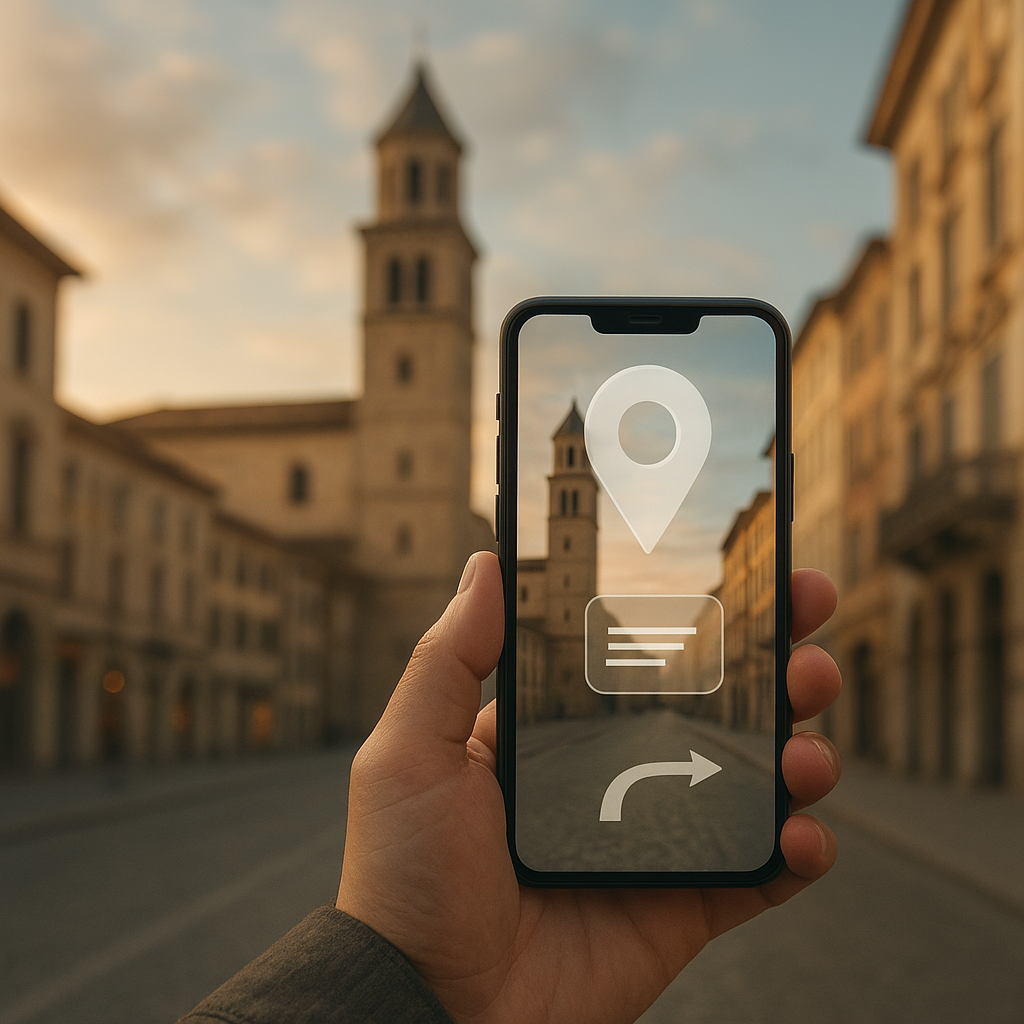Gamification in Business: Boosting Engagement and Productivity
As organizations continue to seek innovative strategies to enhance employee engagement and productivity, gamification has emerged as a powerful tool. This article explores how businesses can effectively implement gamification to invigorate their workforce and achieve superior results.

Understanding Gamification
Gamification refers to the integration of game-like elements into non-gaming contexts, particularly in business. It utilizes mechanics such as point scoring, leaderboards, and challenges to motivate employees. Gamification leverages our innate desire for competition, achievement, and social interaction to foster an engaging work environment.
The Benefits of Gamification
Incorporating gamification into business practices offers numerous advantages:
- Increased Engagement: Gamified systems encourage active participation from employees, making tasks more enjoyable and less monotonous.
- Enhanced Productivity: By turning work into a game, employees are often more motivated to complete tasks efficiently.
- Improved Collaboration: Gamification can facilitate teamwork through collaborative challenges and shared goals.
- Real-Time Feedback: Employees receive immediate recognition for their achievements, fostering a culture of acknowledgment and appreciation.
Implementing Gamification Strategies
To successfully implement gamification, organizations can consider the following strategies:
- Define Clear Objectives: Identify specific goals that gamification should help achieve, such as increased sales or enhanced customer service.
- Choose the Right Mechanics: Select gamification elements that align with the company culture and employee preferences, such as points, badges, or leaderboards.
- Incorporate Feedback Loops: Provide regular updates on progress and achievements, encouraging continuous improvement and engagement.
- Encourage Participation: Create a supportive environment where employees feel safe to participate and share their experiences.
Case Studies of Successful Gamification
Several companies have successfully harnessed gamification to boost productivity:
- Salesforce: This customer relationship management platform incorporated gamification through its "replay" feature, enabling employees to log achievements and visualize their progress, leading to a noticeable increase in sales performances.
- Microsoft: Microsoft used gamification in its training programs, where employees earn points for completing courses, enhancing completion rates and knowledge retention significantly.
- Google: With initiatives like Google AI courses, employees are encouraged to engage with new technologies in a competitive yet fun manner, promoting skill advancements and innovation.
Challenges and Considerations
While gamification can provide numerous benefits, organizations must be mindful of potential challenges:
- Overemphasis on Competition: Too much focus on competition can lead to dissatisfaction or stress among employees.
- Disconnection from Real-World Application: Gamification should not distract from the core responsibilities and objectives of job roles.
- Equity in Rewards: Ensure rewards are distributed fairly to maintain morale and prevent feelings of favoritism among employees.
The Future of Gamification in Business
As technology advances, the future of gamification holds even more potential. The rise of artificial intelligence and machine learning is paving the way for personalized gamified experiences tailored to individual employee preferences and skills. This level of customization can increase engagement exponentially, making gamification an essential tool for modern businesses.
Furthermore, industries are beginning to adopt gamification strategies beyond sales and training. For instance, healthcare organizations are exploring gamified solutions for patient engagement and adherence to treatment plans, showcasing the adaptability of gamification in diverse fields.
Conclusion
Gamification is more than just a passing trend; it represents a profound shift in how organizations can engage and motivate their workforce. By effectively implementing gamified elements, businesses can enhance employee satisfaction, improve teamwork, and drive productivity. As we move forward, the integration of technological innovations promises to make gamification an even more potent force in the workplace.
Related Video
For a deeper understanding of gamification and its applications in business, check out this video.
Related videos:








